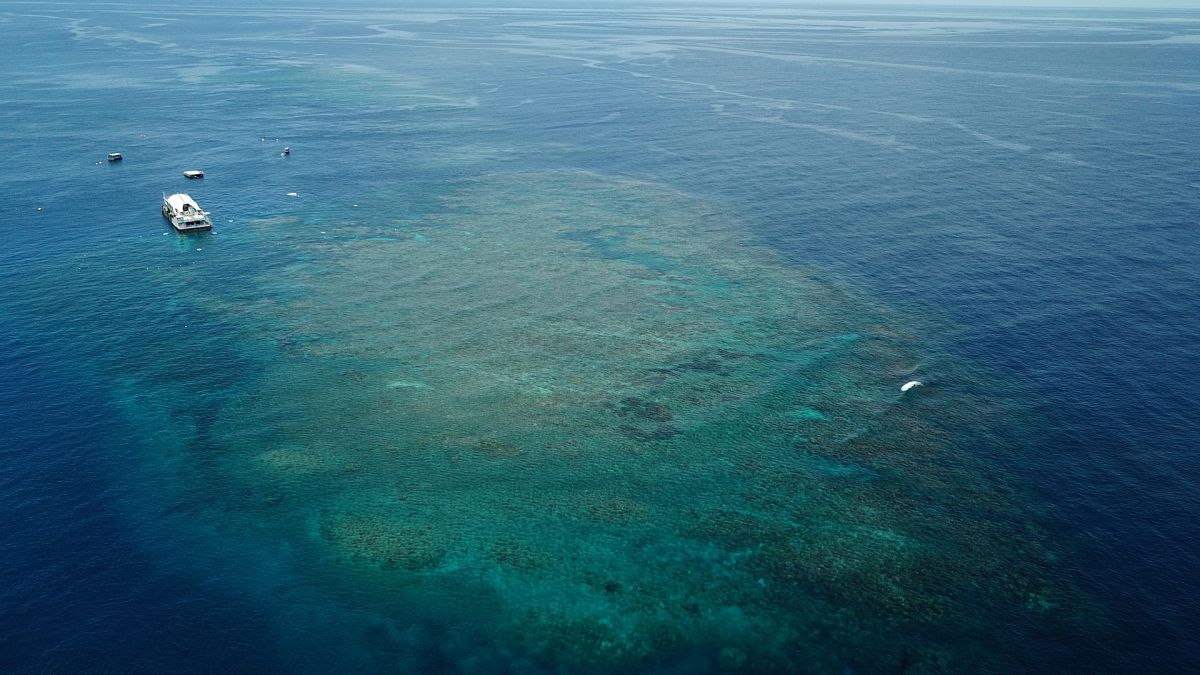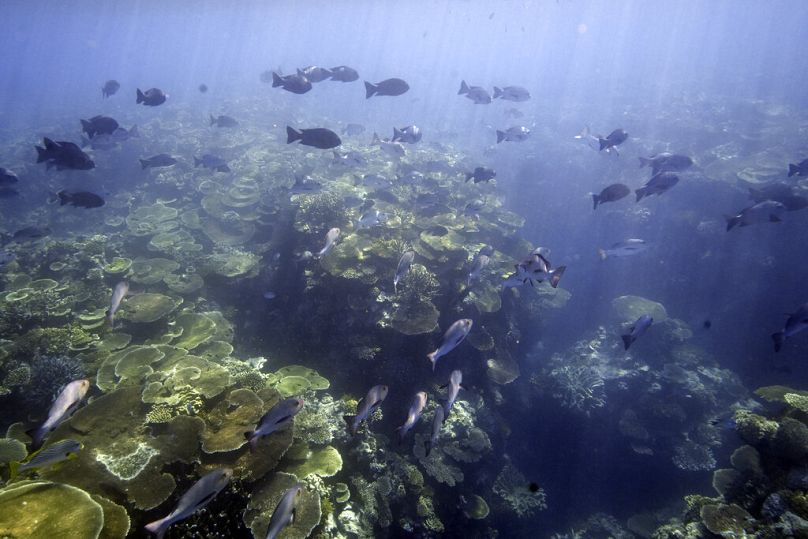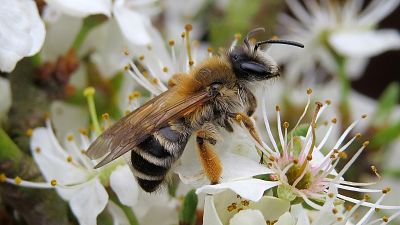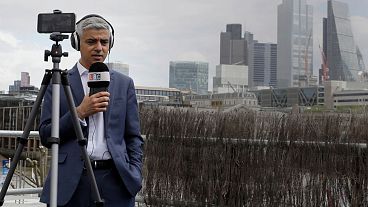The Australian government has welcomed the decision saying it shows it is ‘working hard’ to protect the reef.
The Great Barrier Reef may narrowly avoid being placed on a list of world heritage sites ‘in danger’ after a draft decision by UNESCO this week.
The Australian government has taken positive steps to protect the reef since a monitoring mission visited the region in March last year, the UN cultural agency said in a report.
But, it warned, the world’s biggest coral reef system is still under “serious threat” from global warming and pollution.
The government has welcomed the draft decision with Prime Minister Anthony Albanese saying it was a vote of confidence in its environmental actions.
“This confirms my government is working hard to protect the reef, is acting on climate change and that the rest of the world has taken notice,” he told reporters on Tuesday (1 August).
“We're committed to better protecting our precious Great Barrier Reef and this decision is evidence of that.”
The recommendation not to add the reef to the ‘in danger’ list will be considered by the World Heritage Committee in September.
How is Australia protecting the Great Barrier Reef?
In November last year, UNESCO and the IUCN recommended that the Great Barrier Reef be added to its List of World Heritage Sites in Danger. It provided several steps the government needed to take to protect the reef.
A report, published on Monday, found that Australia had made positive improvements including legislating a target to cut emissions by 43 per cent by 2030 and reach net zero by 2050.
Hard coral coverage is a measure of how much of the reef is covered in live stony corals rather than sponges, algae or other organisms. The level of hard coral coverage in the northern and central regions of the reef is at its highest since monitoring began 36 years ago, according to data submitted by Australia last September and included in the UNESCO report.
The UN agency also noted that plans to build two new dams in Queensland that would have affected water quality on the reef had been cancelled. Australia also rejected a coal mining application in February this year citing its potential to harm the nearby Great Barrier Reef as the reason.
Global warming, pollution and fishing still threaten the Great Barrier Reef
UNESCO says more still needs to be done however and has asked Australia to provide a progress report next February on its efforts to reduce threats from fishing and cut pollution.
Global warming also remains a significant threat to the Great Barrier Reef.
A report from the Australian Academy of Sciences (AAS) released on Thursday (3 August) found that the impact of climate change on the reef could become “irreversible” by the middle of the century.
Alongside a panel of experts, it recommends a comprehensive review of how the reef is managed, warning that the current plan is too inflexible in the face of unrelenting global warming.
“It reminds us that sticking to that path we are currently on, simply because we started on it, will not offer the best solution for the Great Barrier Reef,” says Professor Chennupati Jagadish, president of the AAS.
“It highlights that in the medium-term, there are opportunities to slow the decline in the health of the reef, however this requires Australia to take further action now.”




